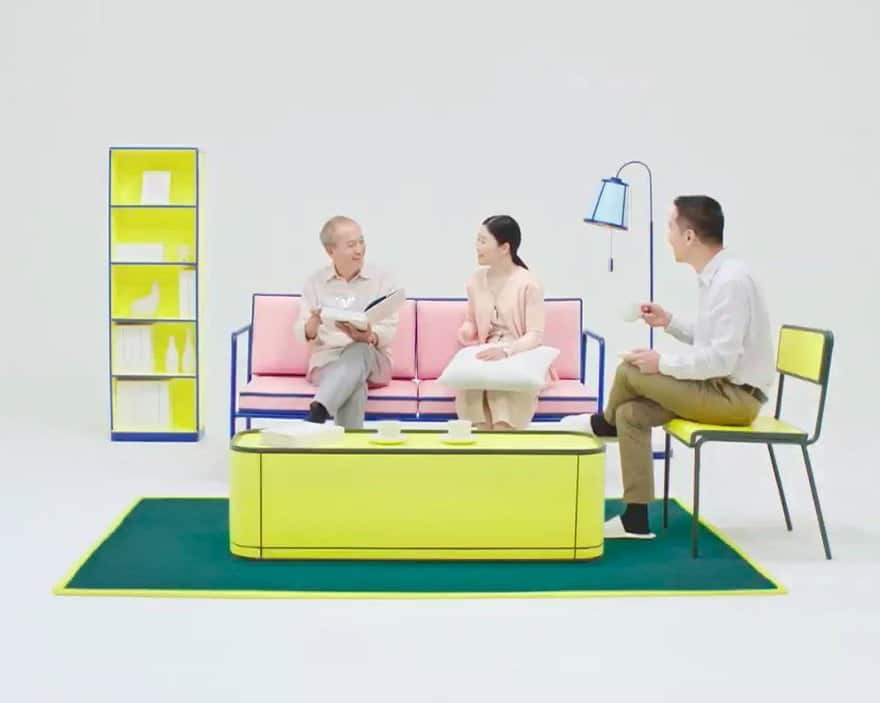For furniture designers, color is a factor that primarily concerns aesthetics. The designer chooses the colors that he likes or that he thinks will attract the market. But for the designers at HomePro, a home improvement and DIY retailer based in Thailand, it's a different matter.
The professionals of the Thai company realized that color, or rather the contrast between one color and others, could play a particularly important role for the 1,3 billion visually impaired people, people with visual impairments.
“When developing furniture for people with low vision, we found that 90% of all furniture in the world uses similar color shades in their components, with very little color contrast in each piece,” HomePro writes. They are right. To give you an idea, here are the differences between what visually impaired people see at home and what those with normal vision see:
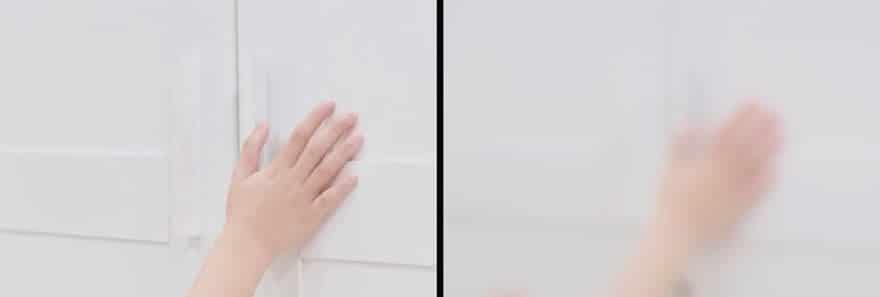

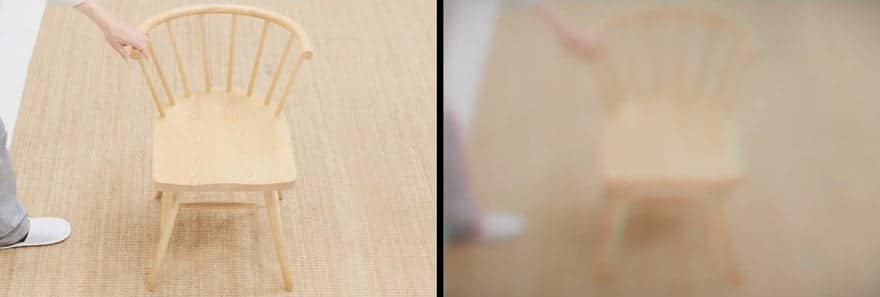
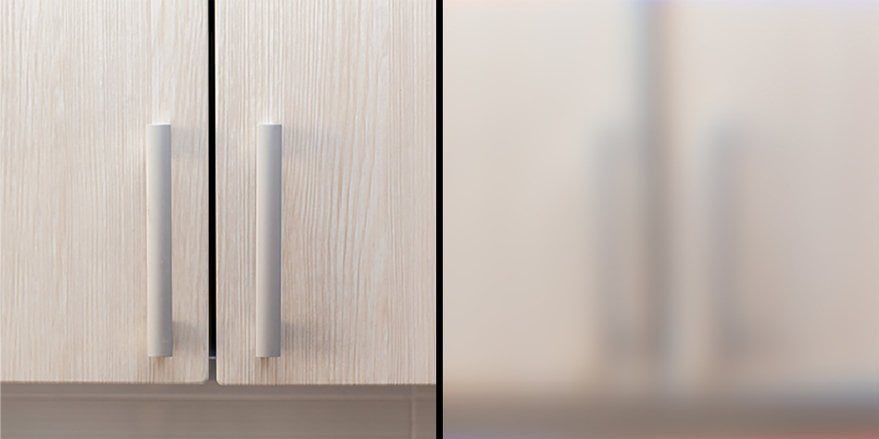
Not being able to see clear boundaries between an object and its surroundings can range from annoying to downright dangerous. This is why HomePro designed the Furniture collection 7: 1 , so called for the 7: 1 contrast ratio recommended by the W3C (an international organization that articulates web standards) for the correct contrast between text and background on a web page, to ensure readability for visually impaired readers and various levels of visibility.
High contrast furniture
Applied to furniture and objects, this 7: 1 contrast ratio makes a distinct difference for the visually impaired. Also in this case, consider yourself:
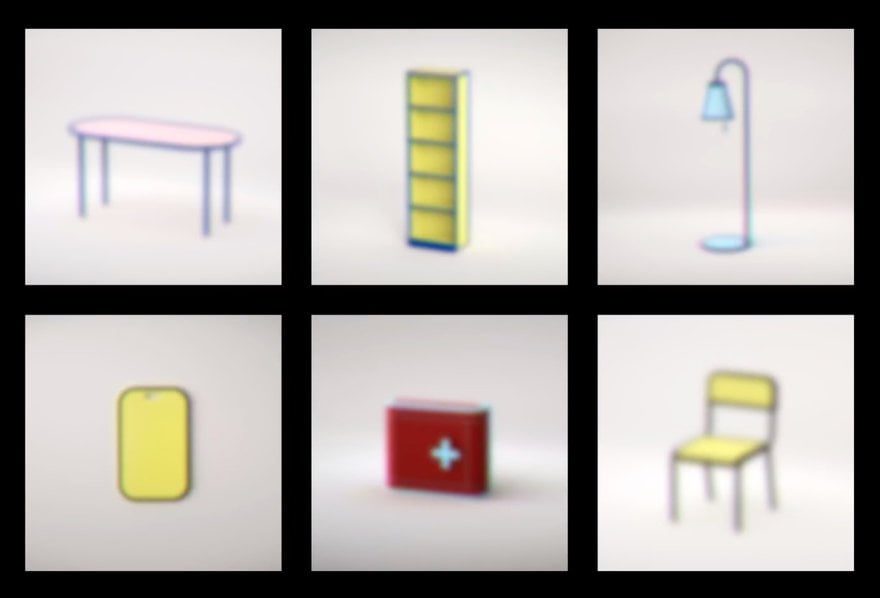
Colors stand out to the visually impaired to compensate for the loss of visual contrast. In addition, a specially designed contour system has been developed to shape the furniture and identify the function to its user. Combined with a contrasting color design, the design system brings back what was barely visible in full view.
HomePro press release
The 7: 1 furniture collection visually erases impairments at home for the visually impaired, while continuing to appeal to people with normal vision as well. And it allows all guests of a home to live peacefully, regardless of the ability to see. And then it's nice: it seems to be in an episode of the Simpsons :)
